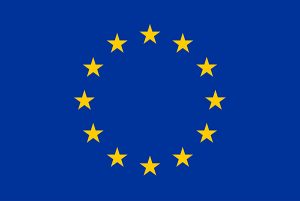7.1 Case Studies – Introduction to the Module
Authors
Lorenzo Melchor1, Maria Josten2, Céline Paillette3, Sam Robinson4, Ana Elorza1, Nadia Meyer2, Izaskun Lacunza1, and Mitchell Young5
1 Spanish Foundation for Science and Technology (FECYT)
2 German Aerospace Centre / Project Management Agency DLR-PT
3 Université Paris 1 Panthéon-Sorbonne, UMR Sirice
4 University of Manchester
5 Charles University
Evaluators
The following reviewers have undertaken quality assurance of this module:
Mitchell Young, Charles University, Czech Republic
Claire Mays, H2020 InsSciDE.eu, and Institut Symlog, France
Helen B Woods, University of Sheffield, UK
Marta Bozina, Juraj Dobrila University of Pula, Croatia
Mario González-Jiménez, University of Glasgow, UK
Practical information
- This module takes a minimum of 2 hours
- A PDF version of the module is available here: S4D4C EU SciDip Online Course – Module 7-January2021
How to cite this module
If you want to refer to this content, please use:
Lorenzo Melchor, Maria Josten, Céline Paillette, Sam Robinson, Ana Elorza, Nadia Meyer, Izaskun Lacunza and Mitchell Young. 2020. Hands On! Case Studies. In: S4D4C European Science Diplomacy Online Course, Module 7, Vienna: S4D4C.
The material provided under this course is licensed under a Creative Commons Attribution 4.0 International License.

This project has received funding from the European Union’s Horizon 2020 research and innovation programme under grant agreement No 770342.